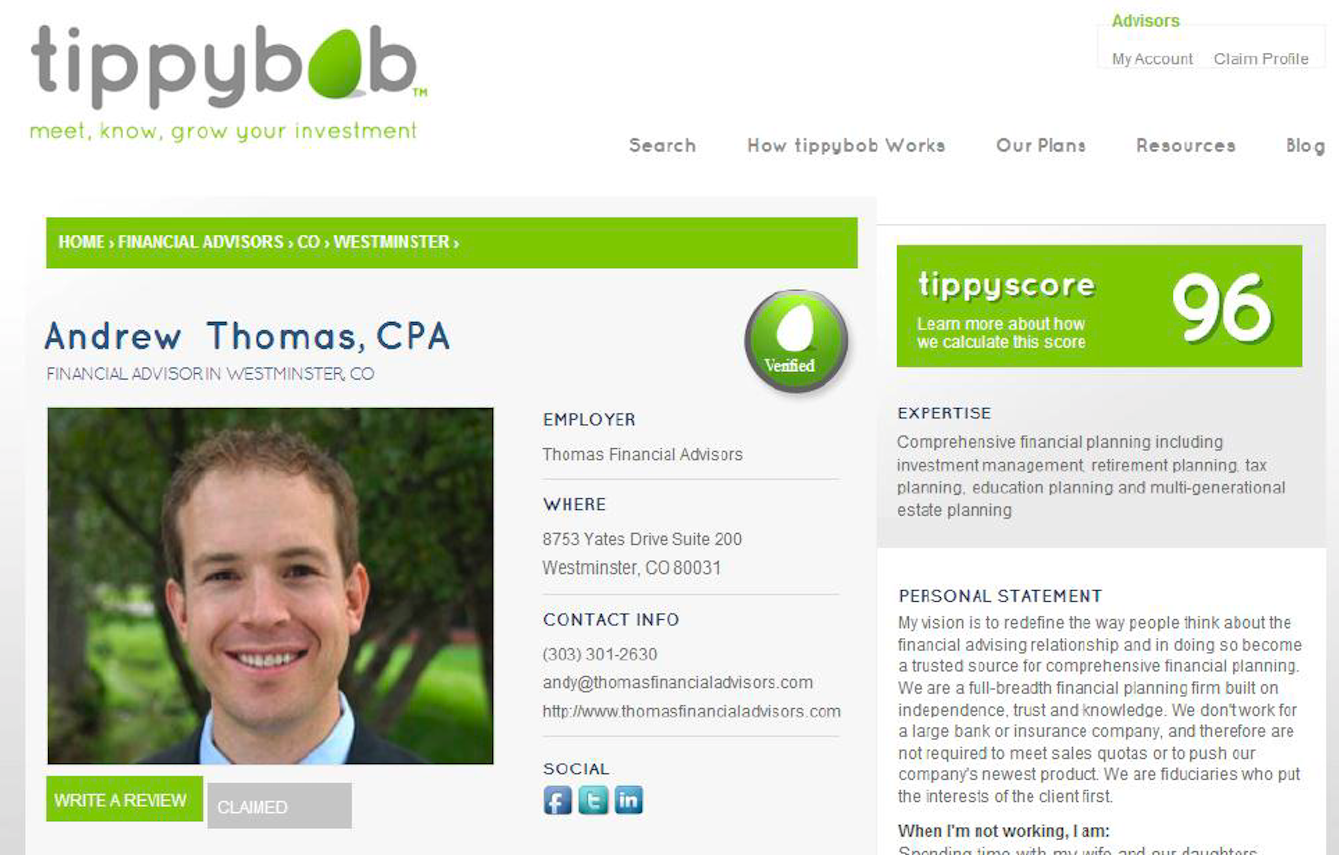It turns out that NFT embossed art, which usually consists of one’s own or a third party’s intellectual property rights, can be quite easy to steal. Take for example the recent theft of NFTs from the Goblin Asses collection. The stolen NFTs are part of a larger group of images known as Goblin Ass Town. They are considered an “ironic” rendition of the popular NFT series Goblin Town. These NFTs, created and owned by several individuals, were “stolen” and listed as available on an unauthorized website. As reported, it is alleged that “a scraping bot likely found the collection and created a fake site offer [these NFTs] for free.” Furthermore, the alleged perpetrator also posted a collection of Goblin Ass NFTs on OpenSea before the authentic Goblin Asses were listed for sale.
Another area of ”theft” in the NFT space is the unauthorized use of third party intellectual property to create digital NFT art. According to a recent news report, artists have lamented that “the prevalence of theft in the NFT space shows how its most touted feature – IP protection – turned out to be its biggest drawback.”
An artist’s work is the underlying component that comprises an NFT’s intellectual property
Artists, regardless of medium, seek to protect their intellectual property rights in and to their work. One way to protect an NFT’s intellectual property rights is to create an agreement between the artist and the NFT minter. The language in an NFT artist agreement will determine the parties’ relative rights to the artist’s work product. A company may commission an artist to create art for an NFT collection and then often obtain copyright and trademark rights (either in the form of work-for-hire ownership or a license) to the underlying artwork as part of the NFT artist contract . Recently, there has been widespread unauthorized use of intellectual property in the NFT industry, where minters, knowingly or unknowingly, use third-party intellectual property to create their NFTs. This opens up minters to the risk of lawsuits and significant financial liability.
How can one protect an NFT’s intellectual property from theft?
Despite a recent downturn in the industry, there is still a burgeoning NFT market. As with all art, there are ways to protect an NFT’s underlying intellectual property. Companies wishing to mint, purchase and/or license NFTs must ensure that they own or are properly licensed to use the art in question. To achieve this, it is best to enter into an NFT artist agreement, which should include, among other things, the following basic contract categories: 1) services to be performed by the independent supplier, 2) compensation, 3) legal consequences of “work-for-hire” – relationship, 4) the agreement period and 5) limitations of liability, among other things. Specifically, the agreement should specify the parties’ relative rights and responsibilities with respect to NFT’s intellectual property. It is important to avoid NFTs derived from third-party owned trademarks and other copyrighted works unless you have the necessary license to do so or otherwise own the rights.
Related blog posts:
NFT artist agreement: What is the big problem?
Why you need an NFT license agreement
Do you need an NFT ownership agreement?
The content of this article is intended to provide a general guide to the subject. You should seek specialist advice about your specific circumstances.




















![What is Bitcoin [BTC] whales up to? Decoder… What is Bitcoin [BTC] whales up to? Decoder…](https://www.cryptoproductivity.org/wp-content/uploads/2023/02/BTC-2-1000x600-120x120.jpg)






